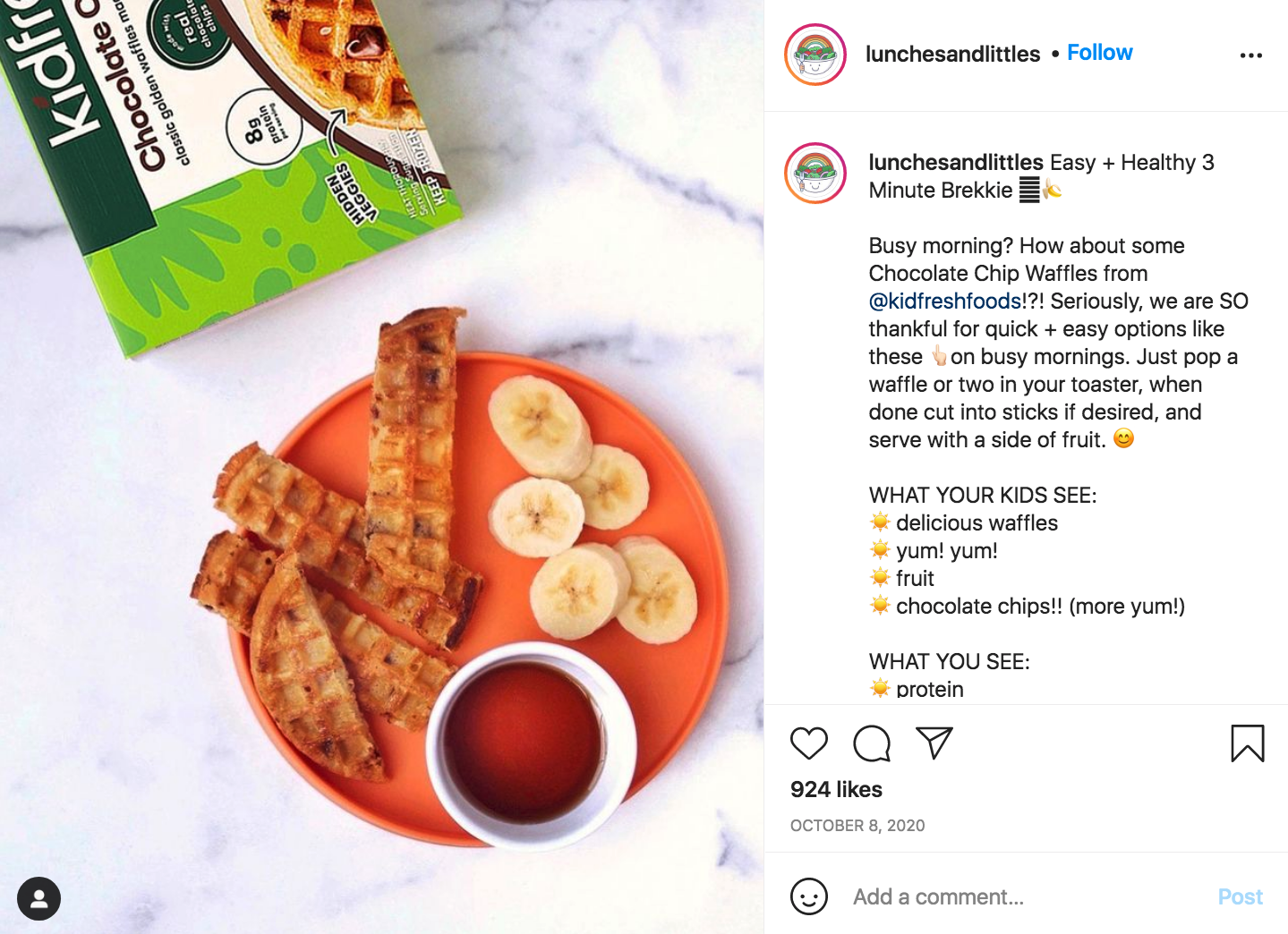Ads are everywhere. It’s estimated that most Americans see 4,000-10,000 ads in a single day. Even on the low end of 4,000, that’s a lot.
It’s overwhelming. Which is why most people learn to ignore advertisements.
Instead, most people turn to friends, family, and even those they’ve never met (like social media influencers and food bloggers) to help them make decisions on how they should spend their money.
While trusted food bloggers rarely blatantly advertise products, their recommendations carry a lot of weight with their loyal audience.
In fact, “Twitter users report a 5.2X increase in purchase intent when exposed to promotional content from influencers.” (Twitter and Annalect)
This type of content seems much more authentic and trustworthy than the ceaseless ads on every social platform. Which is why it often outperforms ads… while costing your company much less.
So what’s the difference between a brand ambassador and an influencer?
Hopefully you’re beginning to see why brand ambassadors are so powerful. So to cover some quick technical terminology, is there a difference between brand ambassadors and influencers?
Often these terms are used interchangeably. In fact, you may have noticed both terms heave already been used in this article. And while they are very similar, there are a few key differences between ambassadors and influencers:
- Usually ambassadors use and love your company’s product before becoming an ambassador. They are repeat customers who passionately rave about your products, which means they’re going to KEEP talking about your product for a long time. This also means they are not doing this just for the financial incentive.
- Influencers are people who have a large online following and often post reviews or product recommendations for a fee. They may highlight your product once or twice, AND they will expect to be paid. This means that influencers usually cost more, and your company receives less consistent or ongoing exposure.
Using both ambassadors and influencers is a great way to reach new audiences that are quick to trust your company. But, unlike paying for influencers, having a brand ambassador program for your food company means consistent content with very little cost.

Creating a brand ambassador program for your food company means more content
Brand ambassadors can have audiences on Twitter, Instagram, Facebook, blogs, etc… but wherever they are active, they are creating content. So by having a brand ambassador program for your food company, you are essentially expanding your content marketing to completely new channels… without adding very much (if any) extra work for you or your team.
Often times, this is even content you can repost to your channels… say you have a food blogger brand ambassador. They post a recipe using your products, and usually that brand ambassador will be extremely happy to have their recipe also featured on your company’s blog (just be sure to always give credit where credit is due).
What is there to lose?
Brand ambassadors are people who truly love to use your products. And because there is very little cost to maintain a brand ambassador program for your food company, it can be great marketing tool to use if you’re not sure about online advertising (although you can always use both).
If you’re looking for help starting a brand ambassador program for your food company, or want to know more about how to include brand ambassadors in your content plan, send me a note.
